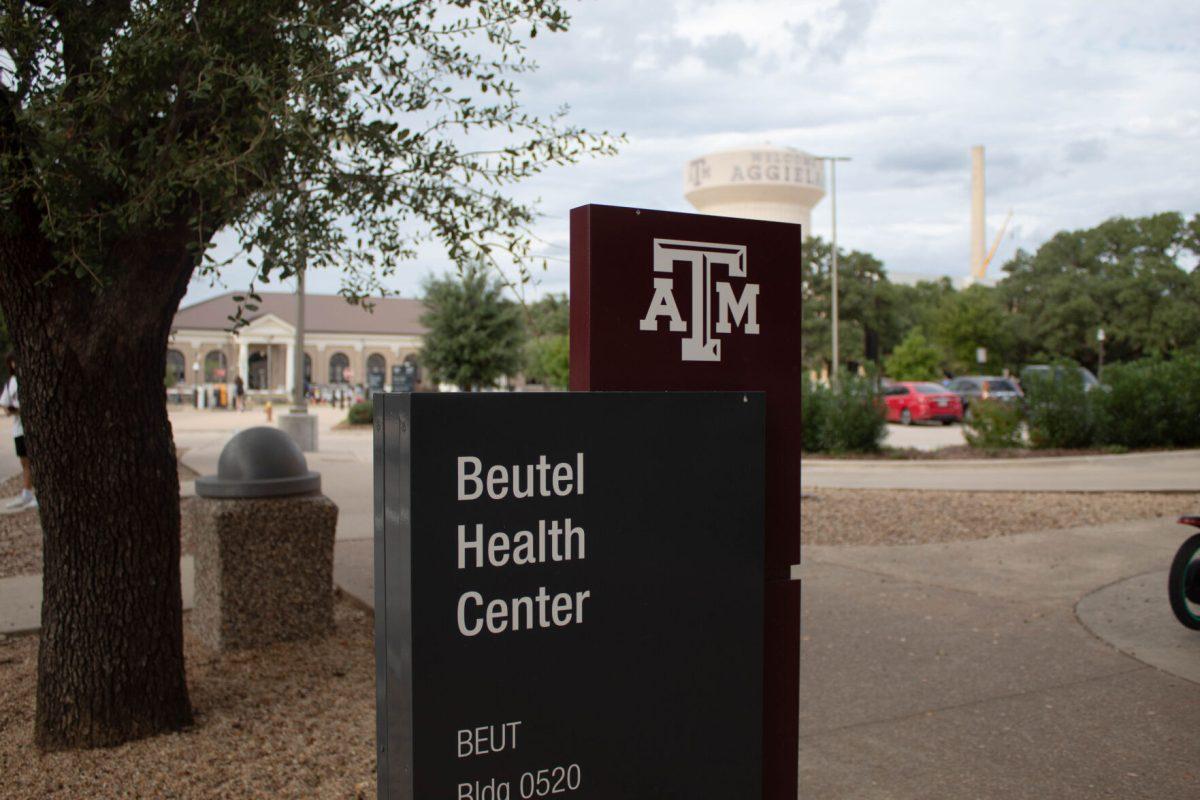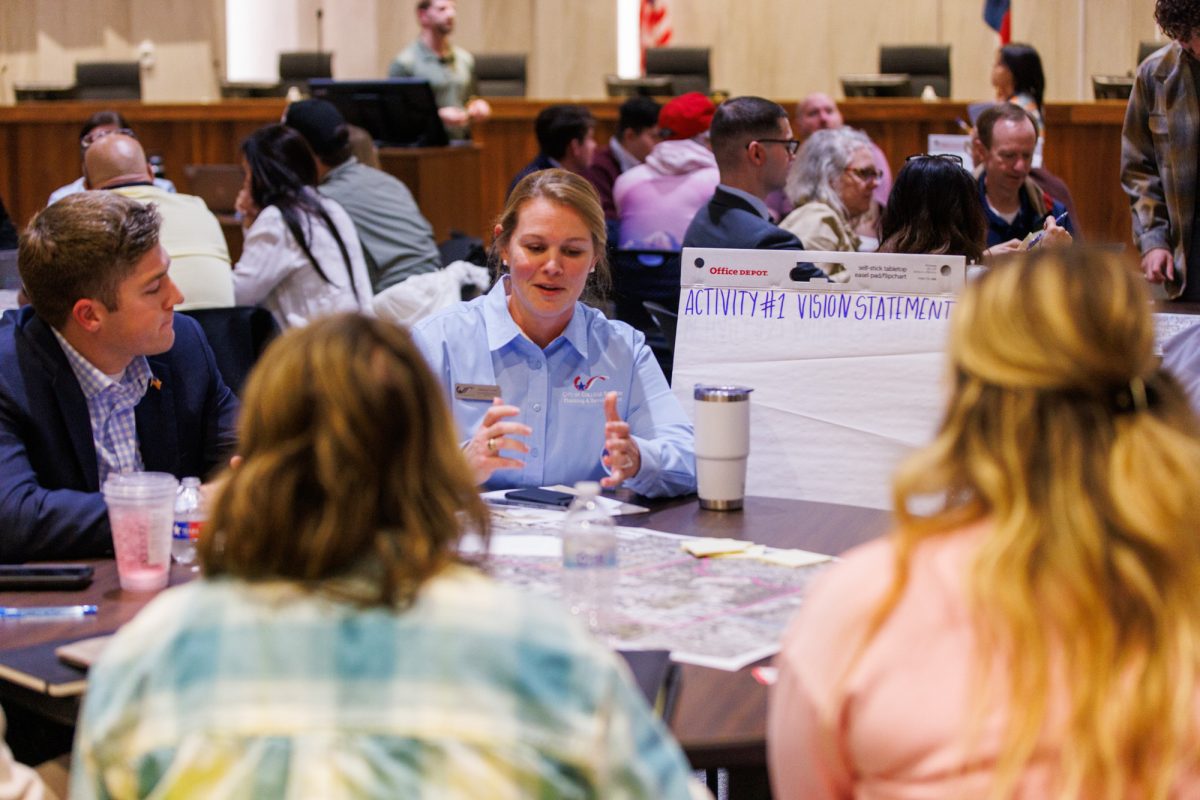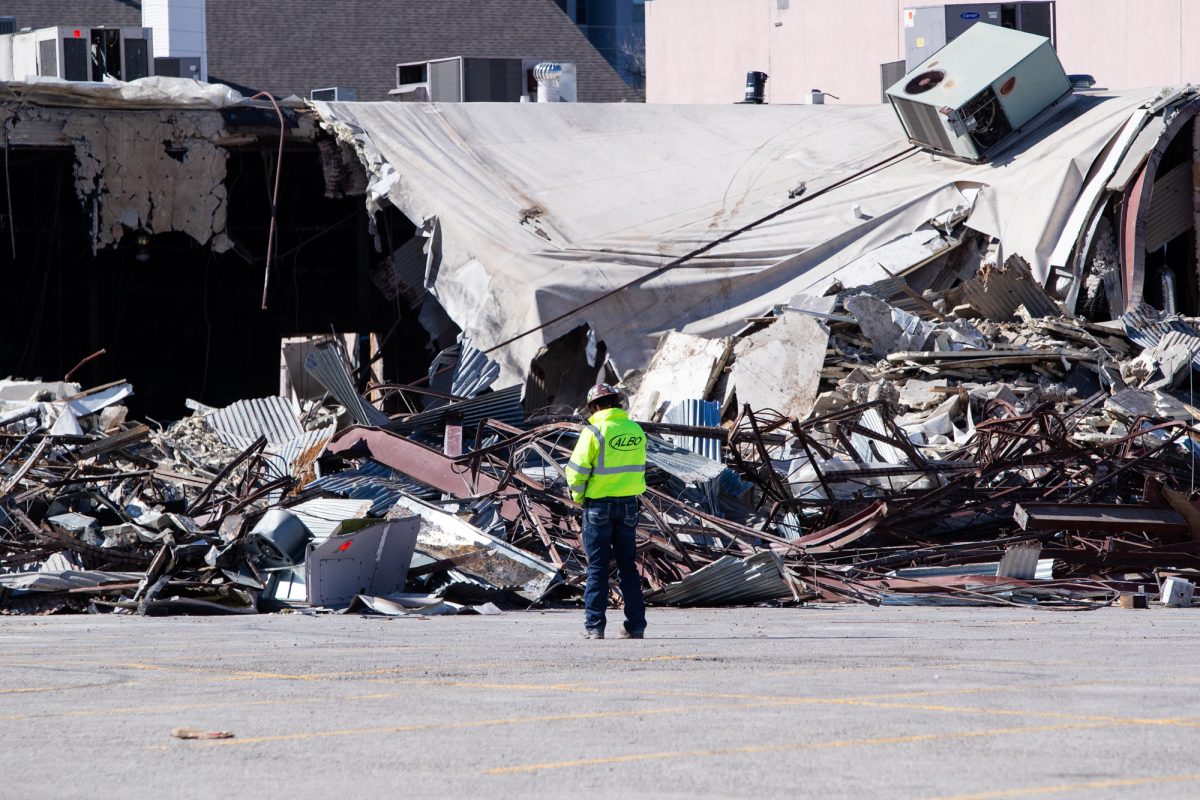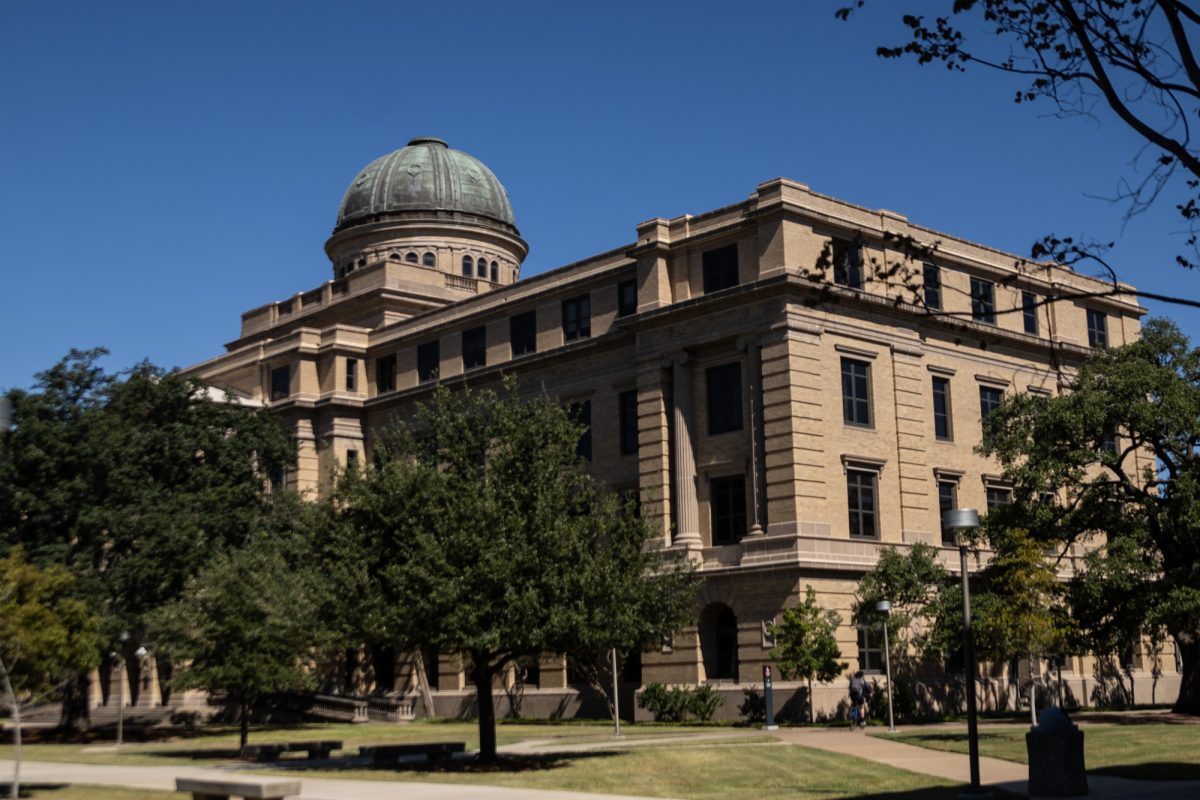On April 16, 2007 at the Virginia Tech campus, a student opened fire and killed 32 people in the deadliest college campus shooting in the history of the U.S. Due to the lack of communication displayed by the Virginia Tech administration during the attack, schools across the country set out to create a medium through which to communicate emergencies to people across the campus.
“The tragedy at Virginia Tech was the main thing that told us we needed to do something,” said Charley Clark, Texas A&M University Risk and Compliance vice president. “When that happened, the interim president [Davis] asked for an emergency notification method. During that time, we have gone from no automated system at all to the Code Maroon system that we have now.”
For more than three years, A&M has relied on its Code Maroon emergency notification system to alert the campus of imminent dangers. Notifications are sent through SMS text messaging, Texas A&M e-mail, KAMU-FM radio, campus cable television, Emergency Alert System Radios, RSS and Twitter.
“It seems like everybody has a notification method of one kind or another,” Clark said. “I’m biased, but I think that we have a very, very good system. We’re very proud of our Code Maroon system. It is a very robust system and we are adding methods as we go.”
As the system progresses, A&M administration is hard at work using new technologies and innovations to alert students, faculty, staff and visitors to the campus.
“We have desktop pop-up messages that are being installed and an entire IT group that works on this,” Clark said. “We also have been installing classroom-notification speakers, which is something that I think we’ve needed. We have them in about 260 classrooms now and our target date to test them is Feb. 25. We’re also working on a smart phone application where a pop-up message will come up on the phone. Many of the buildings have television monitors in the hallways and we want to put a crawler across the bottom of those screens.”
Clark and the University are looking to make improvement in alerting those on campus who are not enrolled in Code Maroon.
The Code Maroon system has already been used several times by the University. In October, the alert was used to notify the community of a suspected gunman near Rudder Tower.
“Since October, we have had five actual alerts including two in one day,” Clark said. “I think every one of them has been a success. We are getting the message out and the system is getting better with more and more methods.”
Parents can also receive notifications through Twitter, which has many parents breathing a sigh of relief.
“I feel a lot safer with my son going to a school with a system that will let me know if something dangerous is happening,” Texas A&M parent Debra Goree said. “The system in place seems to be state-of-the-art, especially with the resources that Texas A&M has at its disposal.”
Although there is wide appreciation among students, parents and faculty, some believe Code Maroon is inefficient and needs vast improvement.
“Code Maroon takes too long to respond,” said Brian Roby, a senior nuclear engineering major. “You don’t hear about events until a few hours after they’ve occurred. I’ve walked past areas of danger before without knowing anything until I got home.”
Code maroon advances alert system
February 16, 2011
0
Donate to The Battalion
$810
$3500
Contributed
Our Goal
Your donation will support the student journalists of Texas A&M University - College Station. Your contribution will allow us to purchase equipment and cover our annual website hosting costs, in addition to paying freelance staffers for their work, travel costs for coverage and more!
More to Discover









